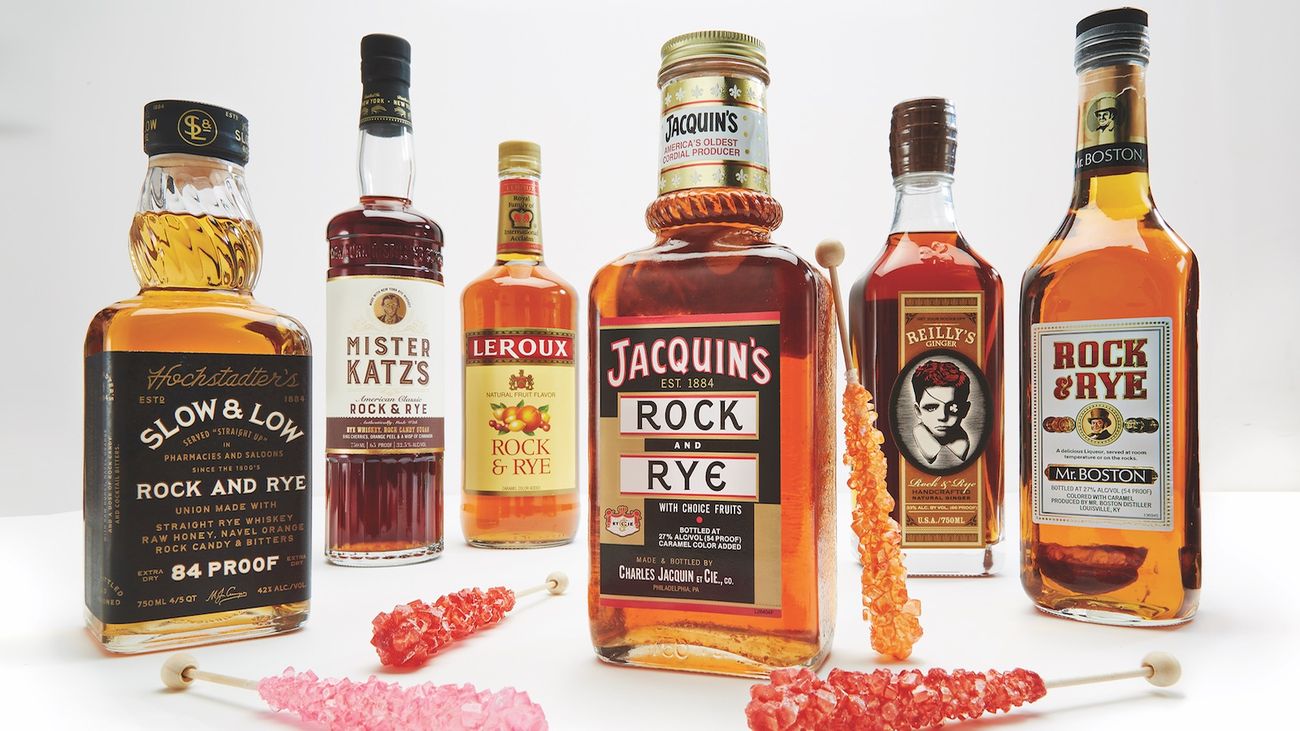When it comes to enjoying sake, there are various ways to savor this traditional Japanese rice wine. Whether you prefer it hot or cold, there are different methods and serving styles to enhance your sake-drinking experience. Let's explore the different ways to enjoy sake and how to best appreciate its flavors, whether it's served hot or cold.
Serving Sake Hot
Serving sake hot is a popular choice, especially during the colder months. Heating sake can bring out different flavors and aromas, creating a comforting and soothing drinking experience. Here's how to serve sake hot:
- Tokkuri: Start by pouring the sake into a tokkuri, a traditional ceramic flask used for heating and serving sake.
- Water Bath: Place the tokkuri in a hot water bath to gently warm the sake. Avoid heating it directly over a flame, as this can alter the flavors and quality of the sake.
- Temperature: The ideal temperature for hot sake is around 104-113°F (40-45°C). This gentle warmth allows the sake to release its aromas and flavors without overpowering the palate.
Enjoying Sake Cold
Serving sake cold is another popular method that highlights the delicate and nuanced flavors of the rice wine. Chilled sake is refreshing and perfect for warm weather or when you want a crisp and clean taste. Here's how to serve sake cold:
- Refrigeration: Store the sake in the refrigerator to chill it before serving. Aim for a temperature of around 50-59°F (10-15°C) for a refreshing and crisp experience.
- Chilled Glassware: Use a chilled sake glass or a wine glass to maintain the cold temperature of the sake as you enjoy it.
Choosing the Right Sake
Whether you prefer it hot or cold, selecting the right type of sake can greatly enhance your drinking experience. There are various types of sake, each offering unique flavors and characteristics. Here are a few popular varieties to consider:
- Junmai: Known for its rich and full-bodied flavor, Junmai sake is a versatile option that can be enjoyed both hot and cold.
- Ginjo: This premium sake is often best enjoyed chilled, as the cold temperature helps to preserve its delicate and fruity aromas.
- Honjozo: With a balanced flavor profile, Honjozo sake can be served hot or cold, making it a versatile choice for different preferences.
Pairing Sake with Food
Sake is incredibly versatile when it comes to food pairings. Whether you're enjoying it hot or cold, there are endless possibilities for pairing sake with various dishes. Here are some popular food pairings to consider:
- Hot Sake: The comforting warmth of hot sake pairs well with hearty and savory dishes such as grilled meats, tempura, and hot pot.
- Cold Sake: Chilled sake complements lighter fare such as sushi, sashimi, salads, and fresh seafood, enhancing the overall dining experience.
Experimenting with Temperature
It's worth noting that the same sake can offer different flavor profiles when served at varying temperatures. Experimenting with both hot and cold serving styles can provide a deeper understanding of the sake's complexity and versatility.
In conclusion, whether you prefer your sake hot or cold, there are various ways to appreciate and enjoy this beloved Japanese beverage. By understanding the different serving methods, choosing the right sake, and exploring food pairings, you can elevate your sake-drinking experience and savor the unique flavors and aromas that this traditional rice wine has to offer. Cheers to discovering the joys of sake, one sip at a time!
Was this page helpful?
Read Next: How To Drink Salty Watermelon Whiskey











